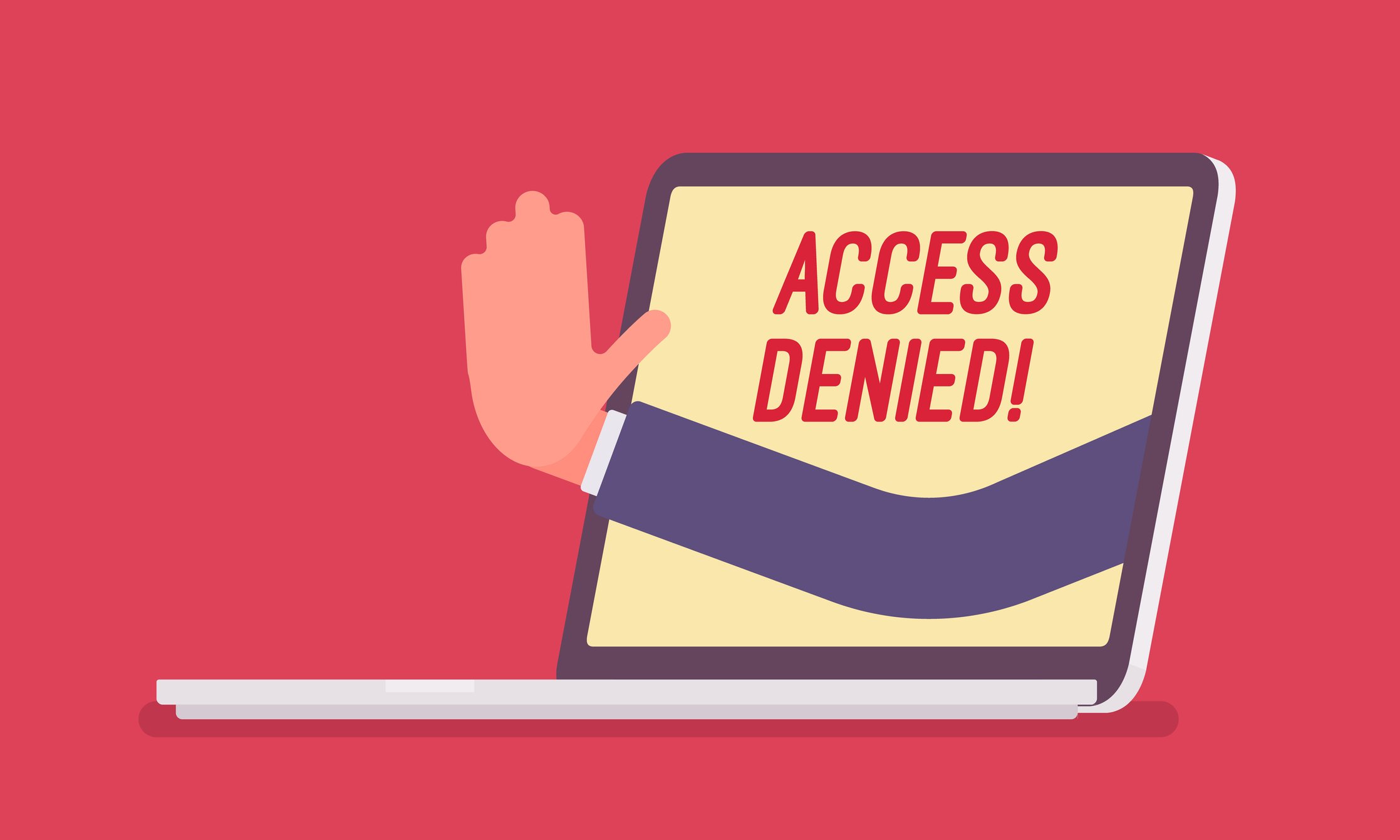Net Neutrality
Net Neutrality is the basic principle that prohibits internet service providers like AT&T, Comcast and Verizon from speeding up, slowing down or blocking any content, applications or websites you want to use. Net Neutrality is the way the internet has always worked. But when left to their own devices, these companies have violated people’s basic online rights.
Net neutrality advocates have long argued that keeping the internet an open playing field is crucial for innovation. If broadband providers pick favorites online, new companies and technologies might never have the chance to grow. For example, had internet providers blocked or severely limited video streaming in the mid-2000s, we might not have Netflix or YouTube today. Other advocates highlight the importance of net neutrality to free expression: a handful of large telecommunications companies dominate the broadband market, which puts an enormous amount of power into their hands to suppress particular views or limit online speech to those who can pay the most.
The open internet allows people of color to tell their own stories and organize for racial justice. When activists are able to turn out thousands of people in the streets at a moment’s notice, it’s because ISPs aren’t allowed to block their messages or websites. The open internet allows people of color, immigrants and other impacted communities to bypass traditional media gatekeepers. Without Net Neutrality, ISPs could block speech and prevent dissident voices from speaking freely online.


Internet Censorship
Internet censorship is the control or suppression of the publishing of, or access to information on the Internet. It may be carried out by governments or by private organizations at the behest of government, regulators, or on their own initiative.
Even within the technical domain, Internet censorship refers to a plethora of tools and strategies to prevent information from reaching users. So it is important to remember that when we refer to “internet censorship” we are not referring to one thing, one software, one point of blockage. Censorship can occur at one point on the internet circuit, can manifest as a blanket filter for all connections in a given country or can be micro-focused on individual sites, machines, and even words.
Internet censorship, like all censorship, can take multiple forms, from filtering and blocking content to monitoring and penalizing users who access certain content. Governments may both define what to block and implement the technological process of blocking, or they may create legislation, extra-legal incentives, or policy to compel “autonomous” technological firms to carry out the blocking and surveillance for them. Often the most simple strategy is to demand the removal of websites with illegal content.


Digital Divide
Interaction between human and computers has greatly increased as we embark on the twenty-first century. The ability to access computers and the internet has become increasingly important to completely immerse oneself in the economic, political, and social aspects of not just America, but of the world. However, not everyone has access to this technology. The idea of the "digital divide" refers to the growing gap between the underprivileged members of society, especially the poor, rural, elderly, and handicapped portion of the population who do not have access to computers or the internet; and the wealthy, middle-class, and young Americans living in urban and suburban areas who have access.
Although the number of Americans with access to computers and the Internet continues to soar on a yearly basis, the digital divide also continues to grow at an alarming rate. On the one hand, sections of society already connected - such as higher income, educated White and Asian Pacific Islander households - are adopting newer technologies faster and are connecting even more. On the other, groups with traditionally lower rates for Internet and computer usage continue to lag far behind. Unfortunately, according to a study conducted by the National Telecommunications and Information Administration (NTIA), entitled Falling Through the Net: Defining the Digital Divide, the gap is widening along already strained economic and racial lines.
Not surprisingly, and in direct correlation to education, the levels of household income also play a significant role in the widening gap. Again, the study by the NTIA stated, "In the last year, the divide between the highest and lowest income groups grew 29%" (NTIA Falling through the Net 99). It has been observed that households earning incomes over $75,000 are 20 times more likely to have home internet access than those at lowest income levels and 10 times more likely to have a computer if living in the city or suburban area than in the rural area. Due to lower income levels, poor neighborhoods lack the infrastructure available in affluent areas. Telecommunication facilities are more readily available for wealthier communities and are more attractive for developing companies to establish themselves. As a result, poverty in less fortunate neighborhoods make it less appealing for investments by outside companies, further aggravating the divide.

